Carpet Installers
Fill in your details below - we'll reach out to schedule a free quote!
We will get back to you as soon as possible
Please try again later
Local Carpet Installers
Choosing the right carpet installer is just as important as choosing the right carpet.
You want to make sure that your installer is licensed and insured, and has years of experience installing all types of carpeting in both residential and commercial settings.
That's why JD Flooring only employs local installers who meet these criteria.
Our installers are experts at what they do, and they will make sure your new carpet is installed quickly and correctly.
They will also take care to protect your floors and furniture from dirt and damage during the installation process.
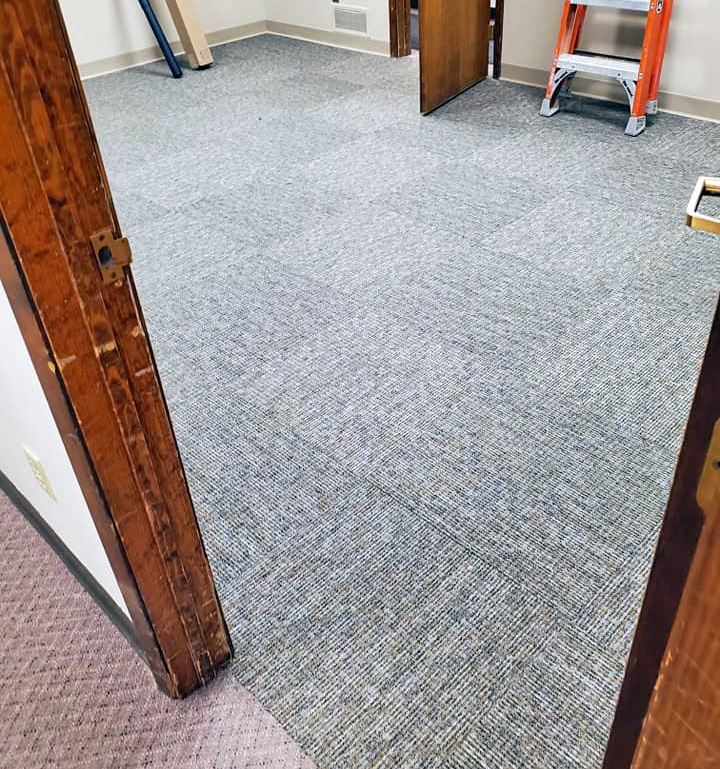
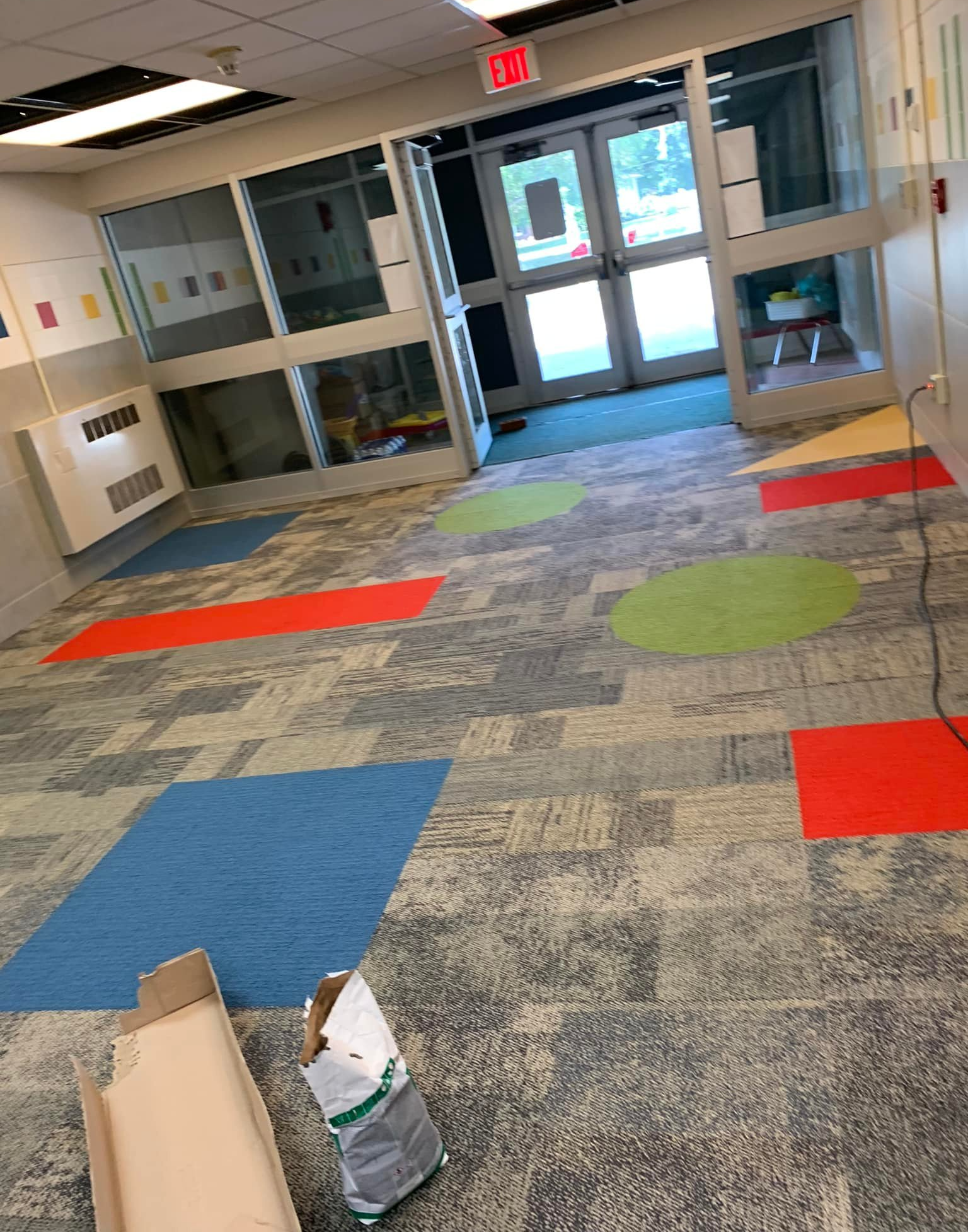
Carpet Installation Contractors
Whether you're looking for a new carpet for your home or business, JD Flooring has the perfect solution for you.
Our team of experienced and licensed contractors have been installing carpets in homes and businesses for many years.
We only use the highest quality products and materials, and we can help get you set up with carpeting in a wide range of colors, textures, and patterns.
Our team will work with you to find the perfect carpet for your space and needs, and we'll even provide a free consultation to get started.
When it comes to carpet installation, you can count on JD Flooring to get the job done right.
Different Carpeting Materials
Carpeting is a type of flooring that is made from woven fabrics or fibers.
It is often used in homes and businesses because it is soft and can help to reduce noise levels.
There are a few different types of carpeting materials that are most popular in the marketplace.
When choosing carpeting, it is important to consider the needs of the space and the budget.
Carpeting can help to create a warm and inviting atmosphere, making it an ideal choice for many homes and businesses.

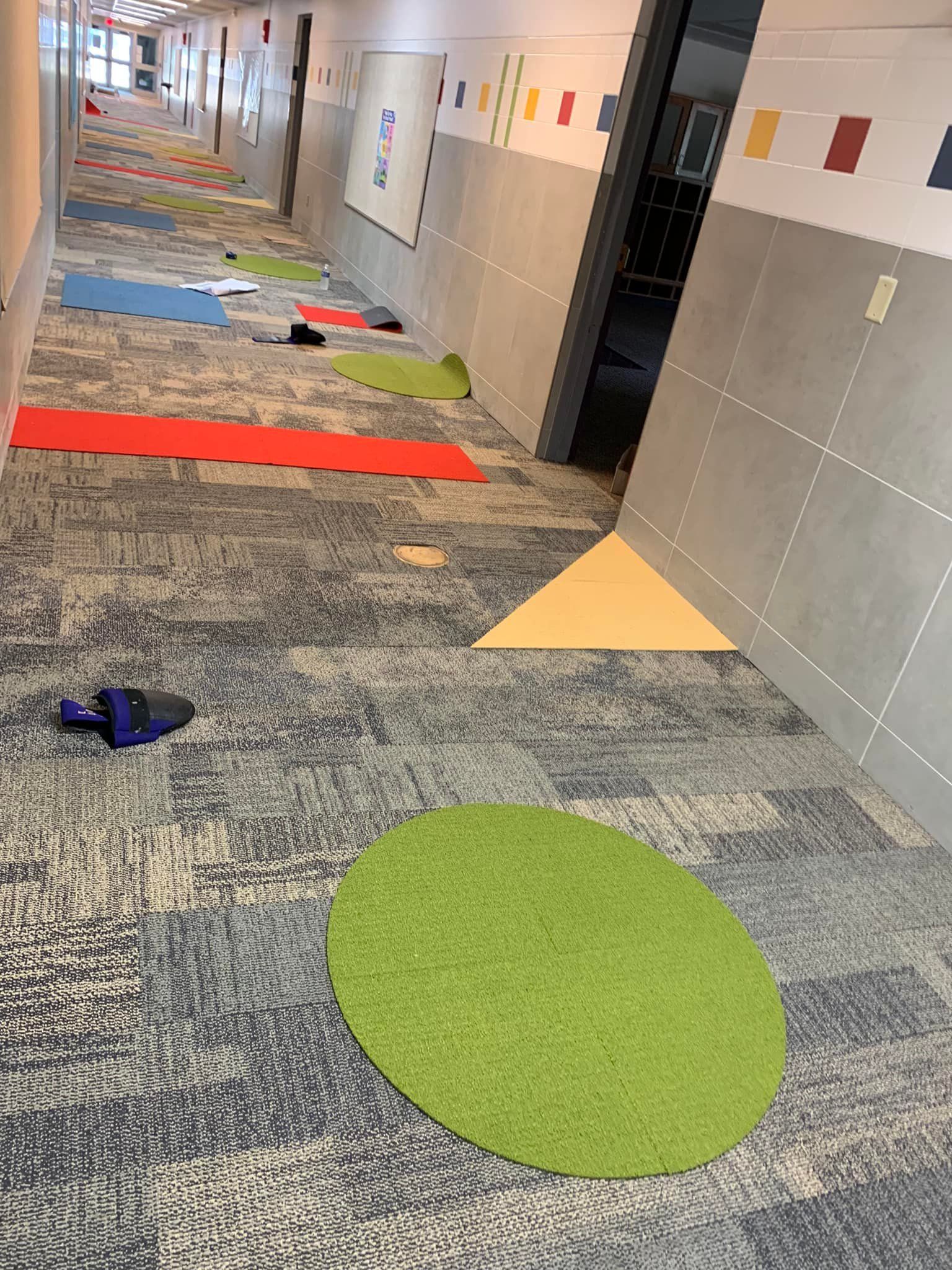
Nylon
Nylon is a type of synthetic carpet fiber that was first developed in the 1930s.
It quickly became popular thanks to its durability and stain-resistant properties.
Today, nylon is still one of the most popular types of carpeting for both residential and commercial settings.
One of the main advantages of nylon carpeting is that it is very resistant to wear and tear. It can also withstand heavy foot traffic and be cleaned easily.
In addition, nylon carpets are available in a wide range of colors and styles, making it easy to find one that fits your needs.
As a result, it’s no surprise that nylon continues to be a popular choice among customers when it comes to carpeting.
Olefin
Olefin carpeting is a type of synthetic fiber that is made from polypropylene or polyethylene.
It is often used in berber-style carpeting and is known for its durability and resistance to staining.
Olefin is also resistant to fading, making it a popular choice for areas that receive a lot of sunlight.
Furthermore, olefin carpeting is often cheaper than other types of carpeting, making it a budget-friendly option for many homeowners.
In addition, olefin carpets are easy to clean and require little maintenance.
For all these reasons, olefin carpeting is a popular choice among customers.
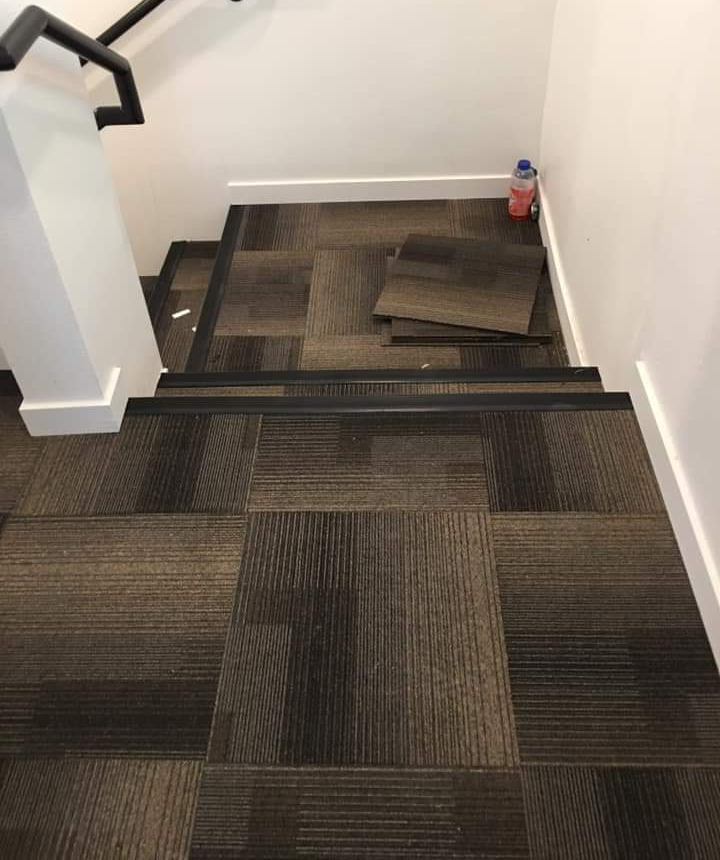
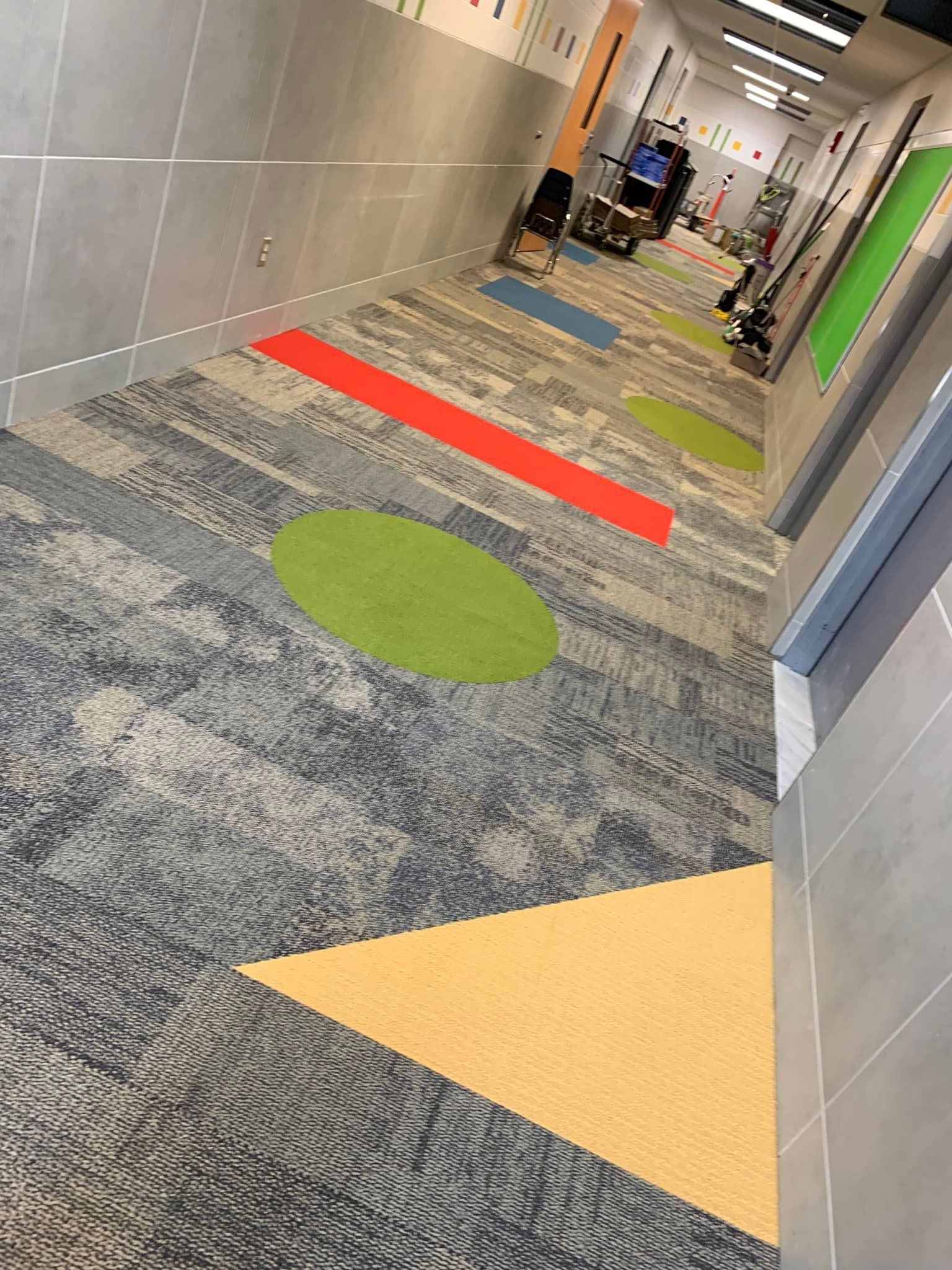
Wool
For centuries, wool has been prized for its warmth, durability, and luxurious feel.
Today, wool carpets offer all of these benefits and more. wool carpeting is made from the underside layer of sheep's wool. This fibers are tightly curled, making them resistant to dirt, dust, and other allergens.
In addition, wool is naturally fire-resistant and does not release harmful chemicals when burned.
As a result, wool carpets are a safe choice for homes with young children or pets.
Wool is also one of the most sustainable flooring options available; it can be recycled or reused without losing its quality.
For all of these reasons, wool carpeting is a popular choice among customers looking for high-quality, durable flooring.
Different Types of Carpet
When choosing carpet, it is important to consider the different types that are available.
Consider the intended use of the space as well as personal preferences.
We'll describe the different types of carpet in the following section.
Textured
Most carpets are made from either natural fibers, like wool, or synthetic fibers, like polyester or nylon.
Textured carpet is created by combining these two types of fibers into a single strand.
The result is a carpet that is more durable and easier to clean than traditional carpets.
In addition, textured carpet is often made with a lower pile, which helps to reduce the amount of dust and dirt that can accumulate on the surface.
As a result, textured carpet is an ideal choice for high-traffic areas or homes with allergies.
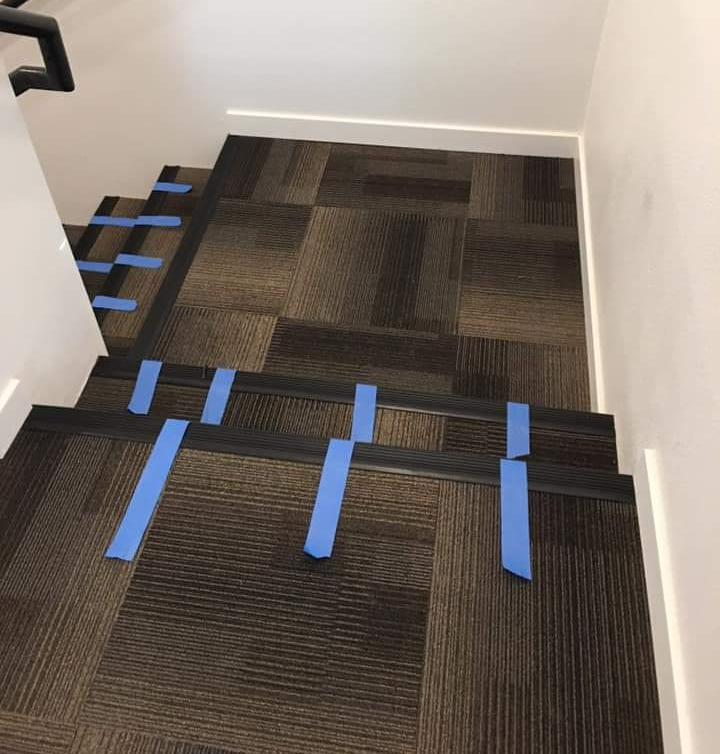
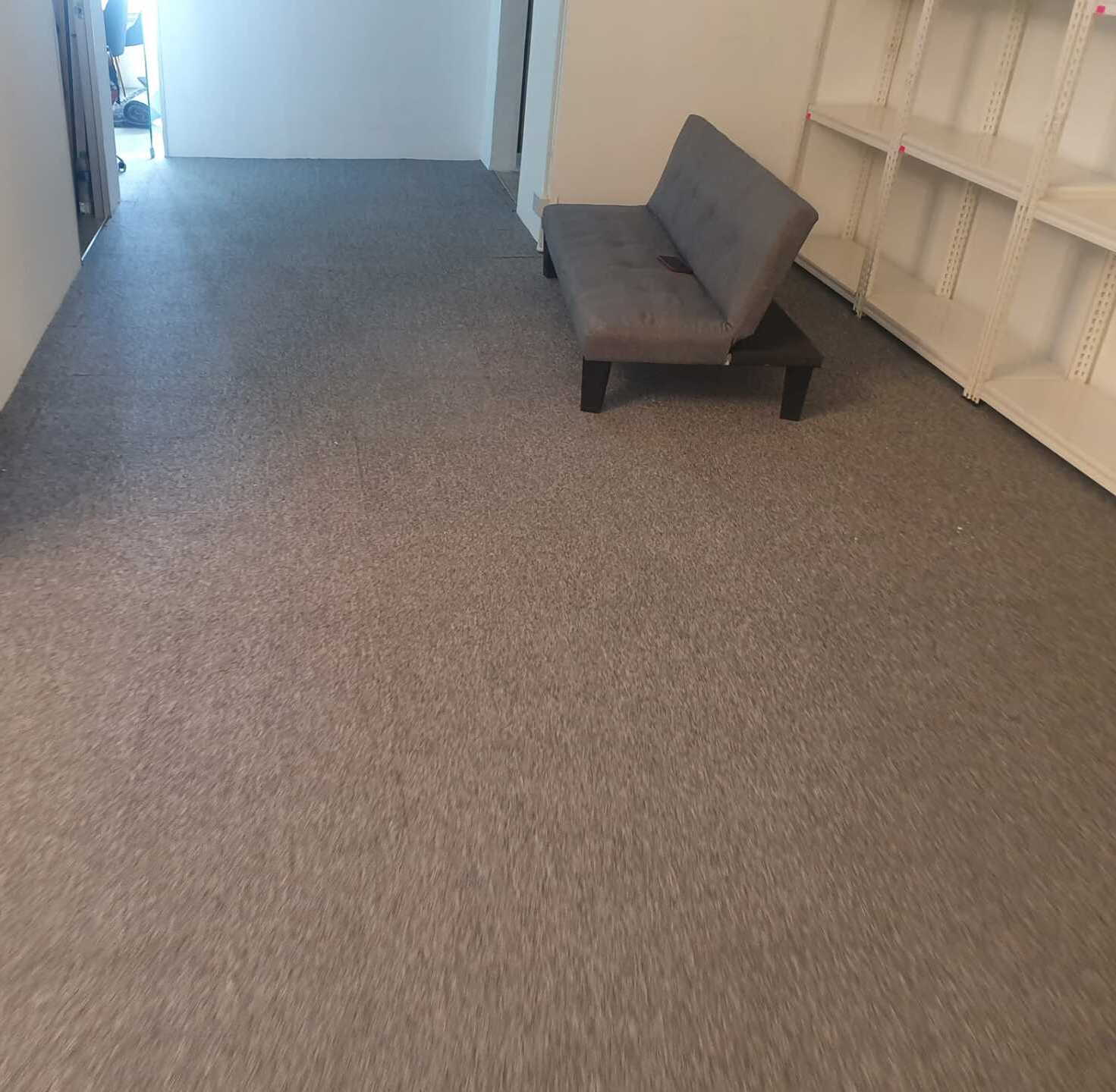
Plush
Plush carpet is a type of carpeting that has a short, dense pile. It is often made from wool or synthetic fibers, and it can range in color from light to dark.
Plush carpet is often used in formal settings, as it has a luxurious look and feel. It is also relatively easy to clean and maintain.
However, plush carpet can be difficult to vacuum, and it may show footprints more easily than other types of carpeting.
For this reason, many homeowners choose to use plush carpet only in certain rooms, such as living rooms or bedrooms.
Frieze
Frieze carpet is a type of carpet that has a tightly curled or looped pile. The individual fibers are twisted, and the piles are set at different heights to create a textured surface.
Frieze carpets are durable and resistant to crushing, making them a good choice for high-traffic areas. They also tend to hide dirt and footprints well.
However, frieze carpets can be more difficult to clean than other types of carpet, and they may show wear more quickly in areas where people walk or sit regularly.
Overall, frieze carpeting is a good choice for busy households that want a stylish and durable floor covering.
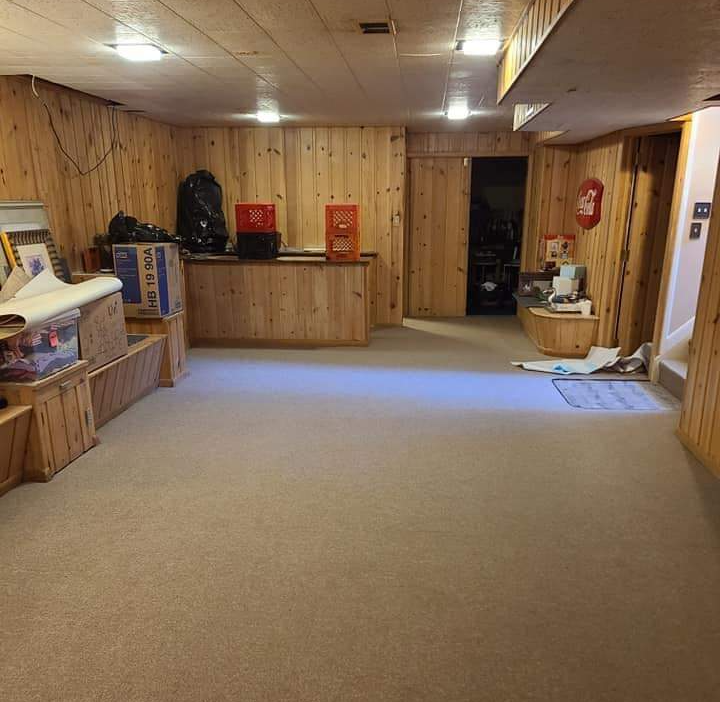
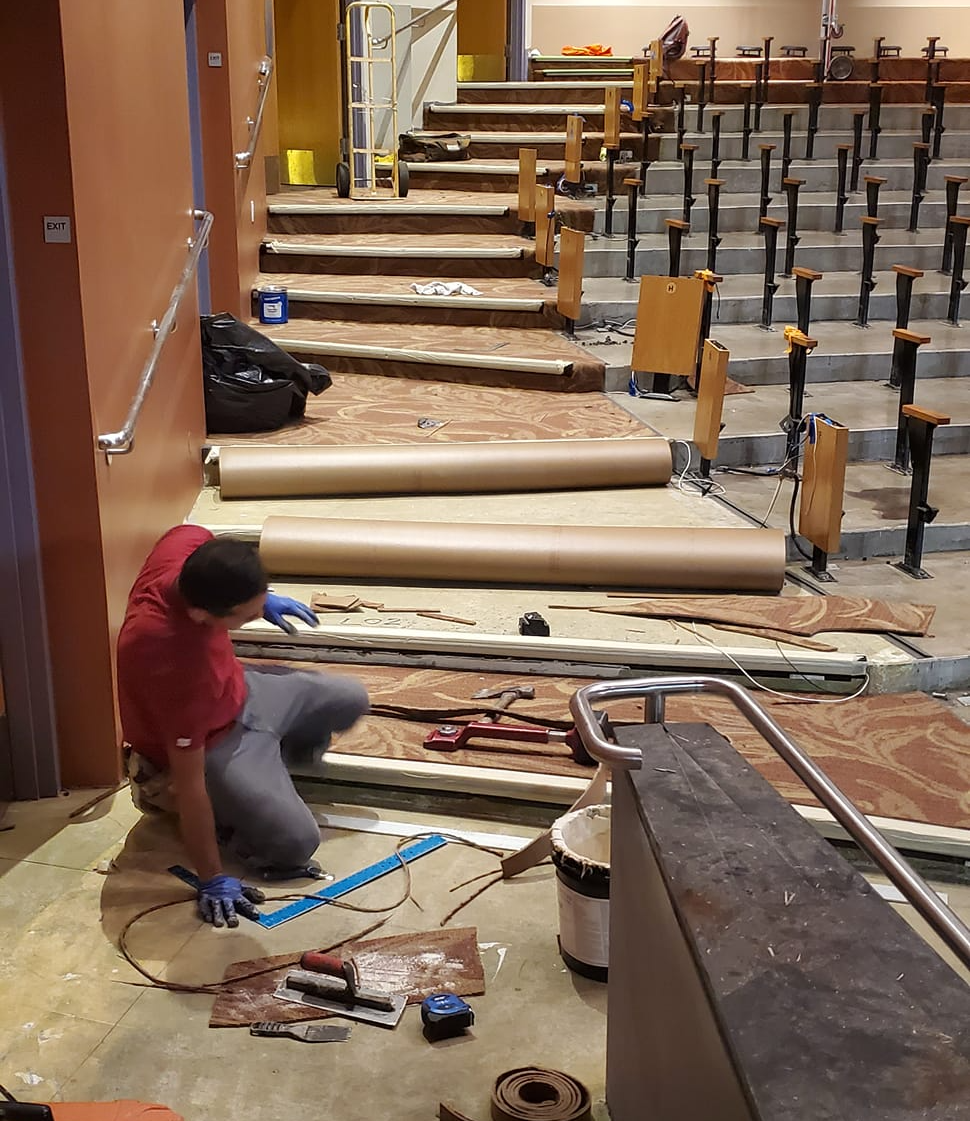
Cable
Cable carpet is a type of flooring that consists of interwoven cables that are tufted or looped into a backing material.
The most common type of cable carpet is made from nylon, which is a strong and durable synthetic fiber.
Cable carpets are often used in high-traffic areas because they are resistant to wear and tear. They are also easy to clean and maintain, making them a popular choice for busy households.
Cable carpets are available in a wide variety of colors and styles, so it is easy to find one that fits your home’s décor.
If you are looking for a durable and low-maintenance flooring option, cable carpet may be the perfect choice for you.
Berber
Berber carpet is a type of looped carpeting that gets its name from the Berber people of North Africa.
The carpet is made from thick, durable fibers, and it features a distinctive looped texture.
Berber carpet is often chosen for high-traffic areas because of its ability to resist dirt and stains.
Additionally, the carpet's thick fibers make it resistant to crushing and matting.
When properly cared for, berber carpet can last for many years.
For these reasons, berber carpet is a popular choice for both commercial and residential settings.
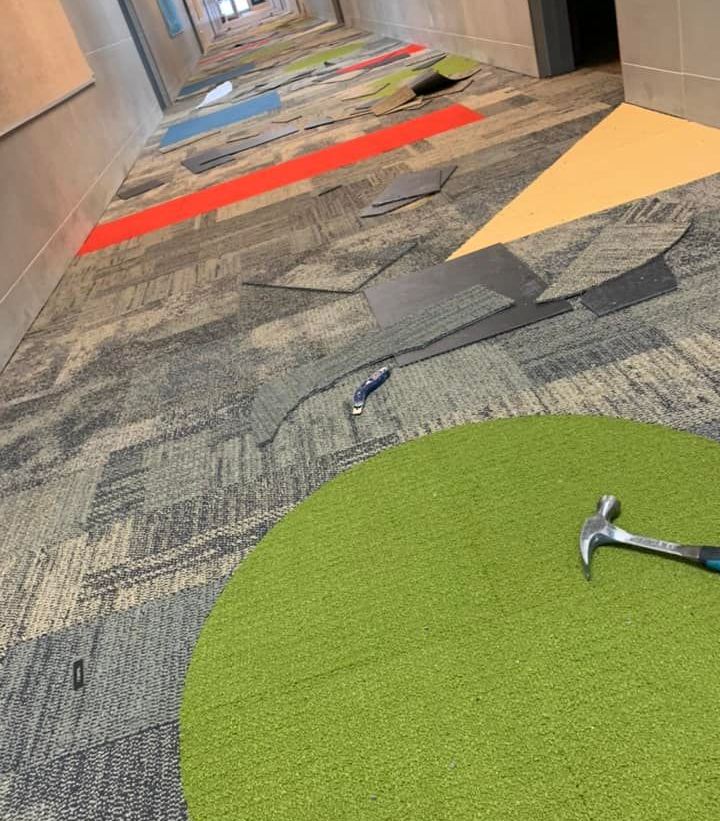
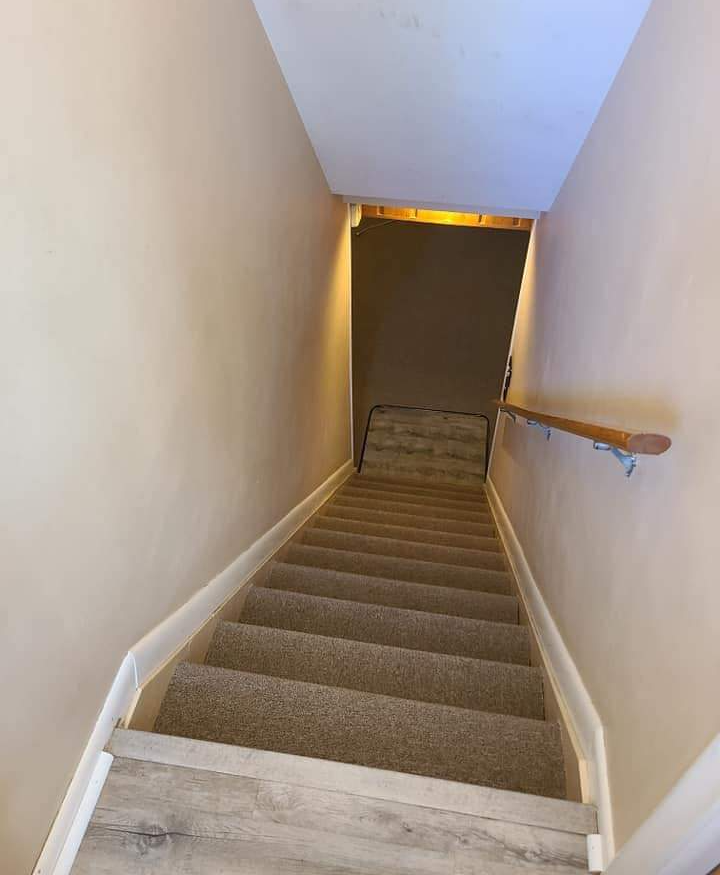
Cut-and-Loop
Cut-and-loop carpet is a type of carpeting that combines both looped and cut fibers to create a textured surface.
The cut fibers stand up from the backing material, while the looped fibers are tufted into the backing.
This combination of cut and looped fibers creates a surface that is durable and easy to clean.
Cut-and-loop carpet is often used in high-traffic areas, such as hallways and stairs, because it is able to withstand heavy use.
The textured surface of cut-and-loop carpet also makes it resistant to dirt and stains.
As a result, cut-and-loop carpet is a popular choice for busy families and households with pets.
Benefits of Carpet Installation
Carpets are a popular flooring choice for many homes and businesses due to their wide range of benefits.
Carpets are softer and warmer than hard floor surfaces, making them more comfortable to walk on and helping to reduce noise levels.
Carpets also have insulating properties, which can help to keep a room warm in winter and cool in summer.
In addition, carpets can help to improve indoor air quality by trapping dust, pollen and other allergens.
Carpet installation is also relatively quick and easy, and it can be done DIY with the right tools and materials.
With so many benefits, it’s no wonder that carpets are such a popular flooring choice.
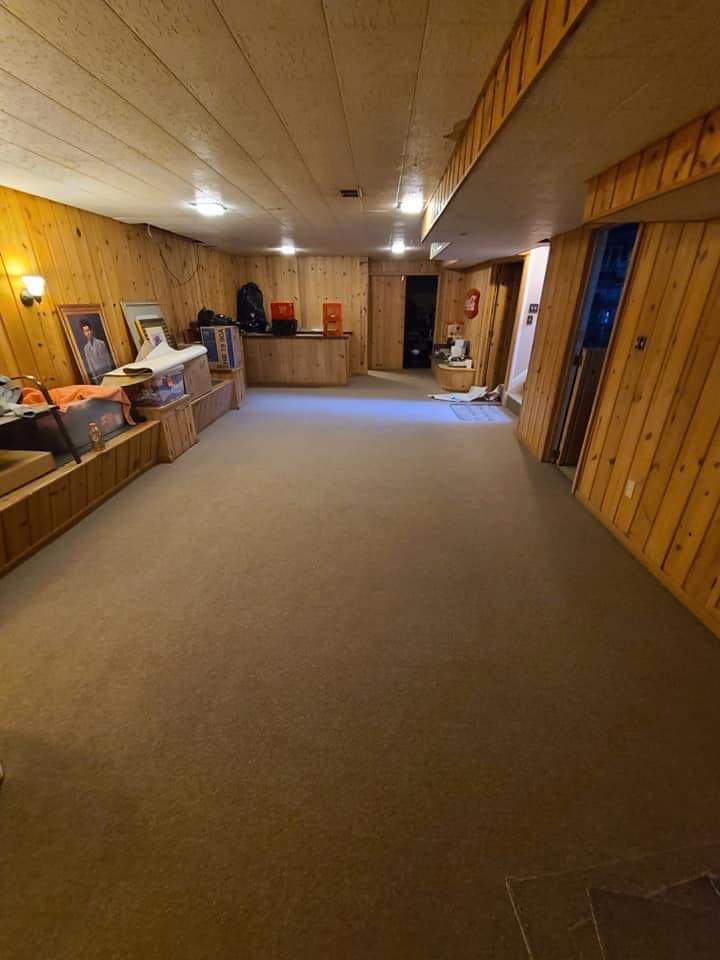
Carpeting Installation Process
The carpet installation process is one of the most straightforward of flooring installation processes.
That being said, it still needs to be handled with precision and expertise in order to be done properly.
We share a bit about our detailed process right here.
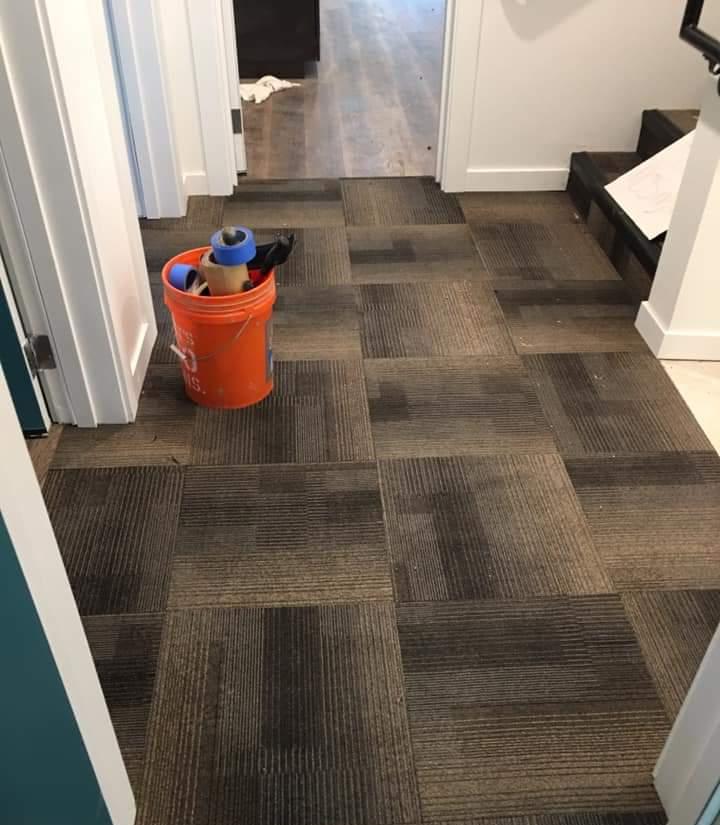
Choose Your Carpet
Carpeting is a long term investment, so it's important to choose wisely.
The first step in the process is to select the type of carpeting you want.
There are many different materials to choose from, each with its own advantages and disadvantages.
Once you've decided on the material, you'll need to choose the style and color.
Patterned carpets can help tohide dirt and stains, while solid-colored carpets can give a room a more elegant look.
Once you've made your selections, we can move on towards installation.
Remove Old Carpeting
The second step in the carpet installation process is removing any old carpeting or incompatible flooring.
This is important because it ensures that the new carpet will have a clean and level surface to lie on.
Old carpeting can often be stretched and torn, which can create problems when trying to install new carpet.
In addition, incompatible flooring can also interfere with the adhesion of the new carpet, making it more likely to come loose over time.
For these reasons, it is important to take the time to remove any old carpeting or incompatible flooring before installing new carpet.
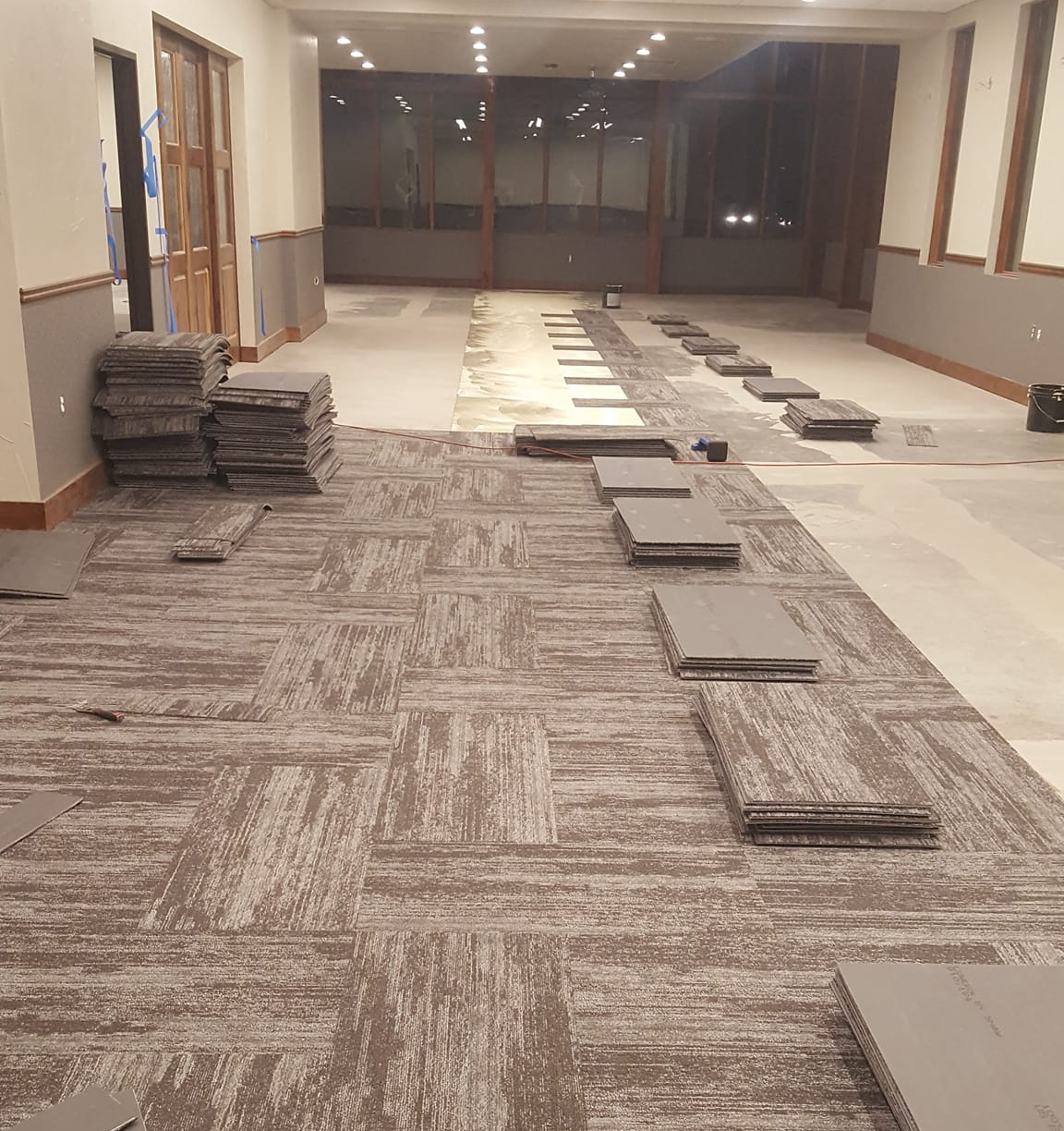
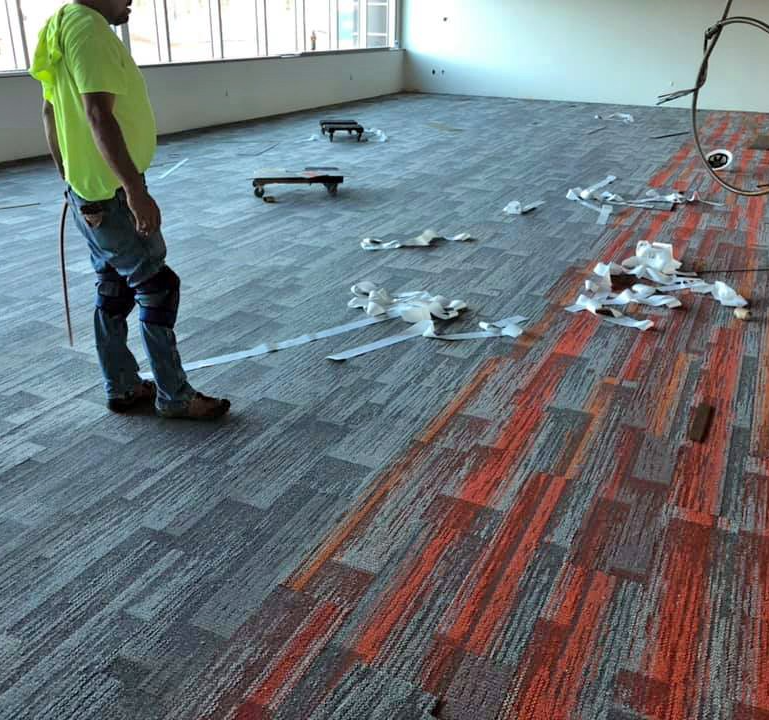
Take Accurate Measurements
After the old flooring has been removed, it's time to take accurate measurements of the space.
This is an important step, as it will ensure that the new carpet is the correct size.
Even though we took rough measurements before the old flooring was removed, the area uncovered can give slightly different results.
Once the new measurements have been taken, we can move on to giving attention to the sub-floor and underlayment.
Prepare the Subfloor
After the old flooring has been removed, we inspect the subfloor for any damage.
If there are any cracks or holes, they will be filled with putty or plaster.
Preparing the subfloor is an important step in the process of installing carpet.
The subfloor is the foundation upon which the carpet will be laid, so it is important to make sure that it is level and free of debris.
Once the subfloor is nice and smooth, we can proceed to the next step in the process.
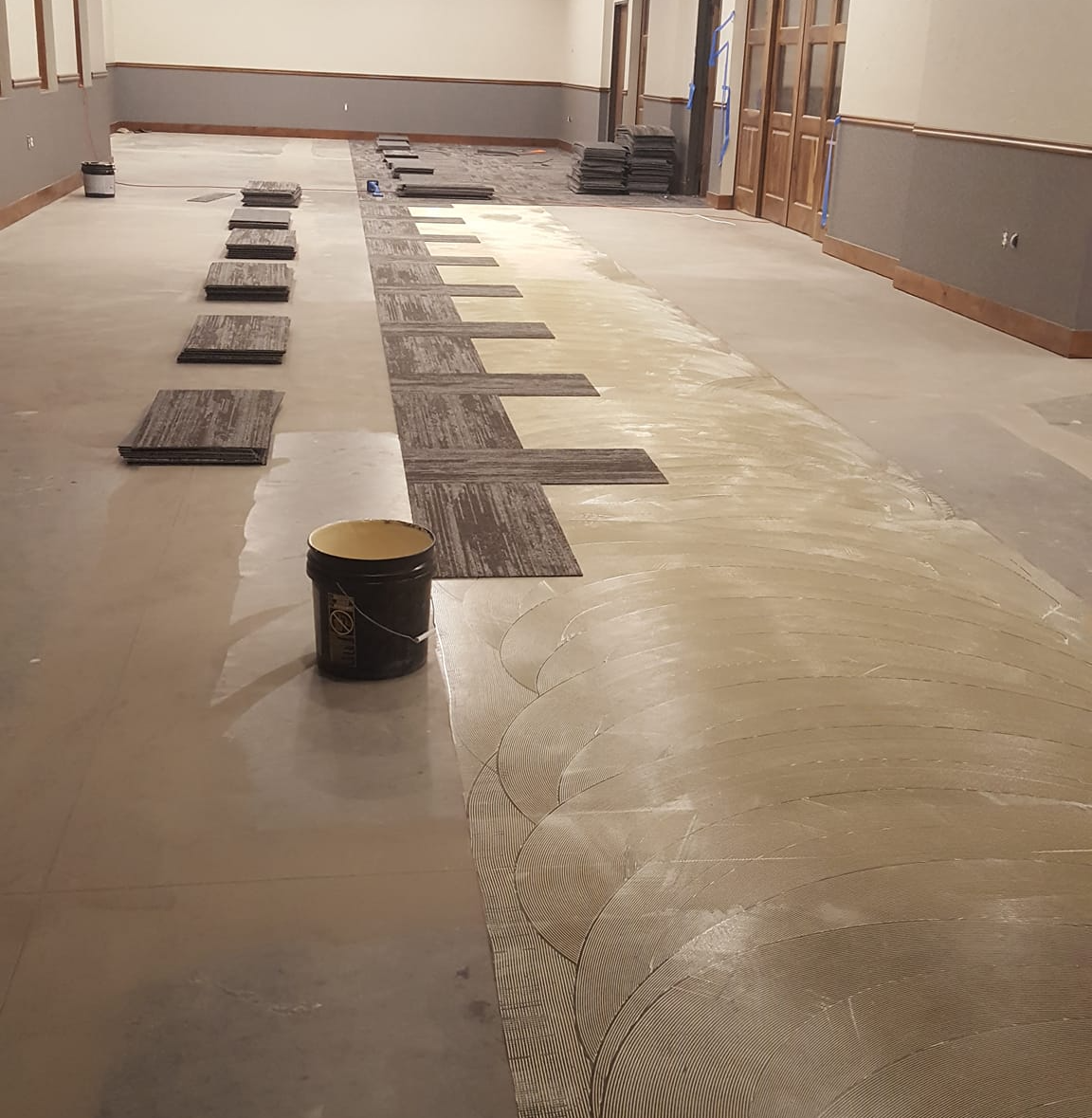
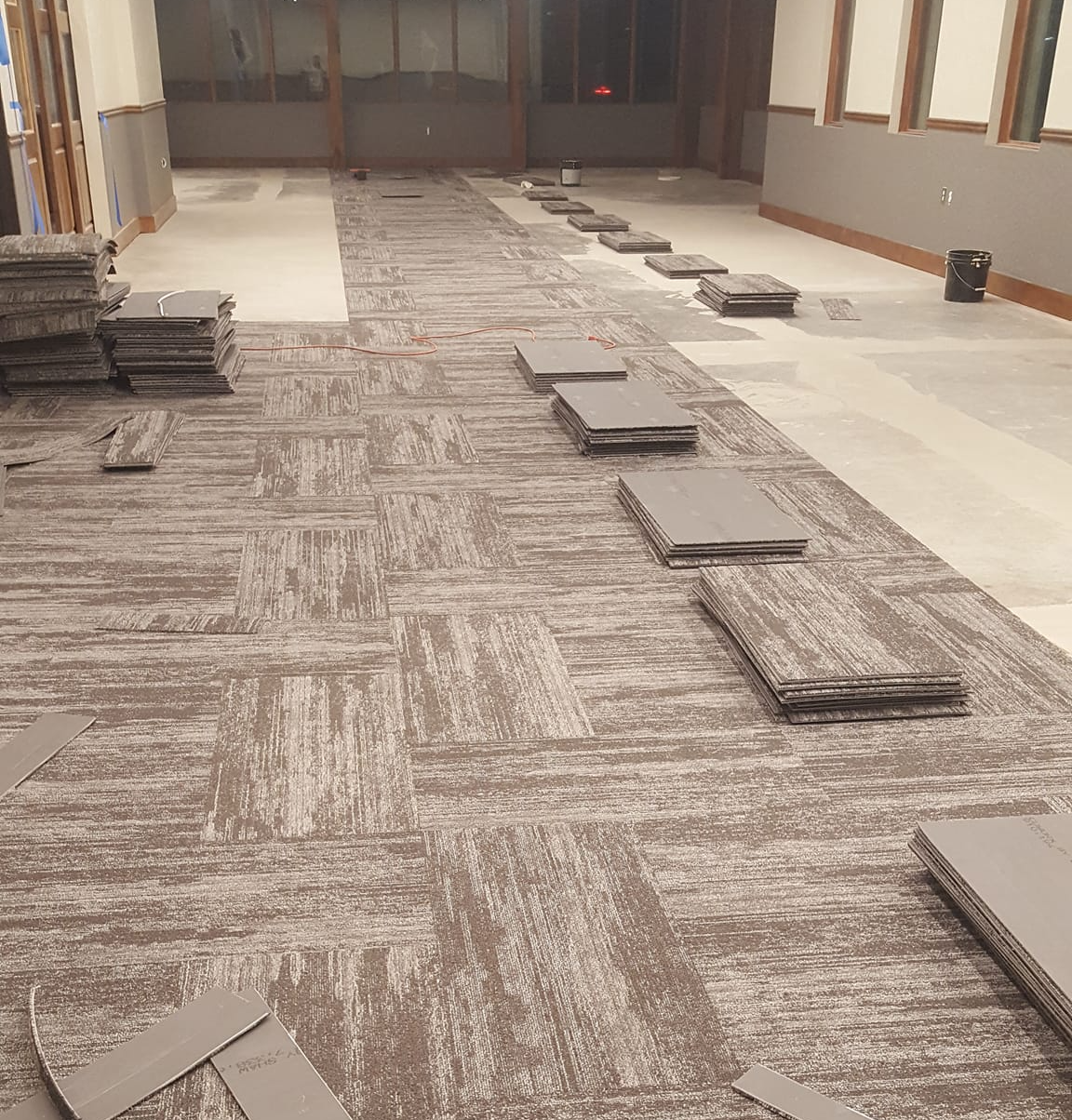
Install Underlayment
The fifth step in the carpet installation process is to install any underlayment that may be necessary.
Underlayment is a thin layer of padding that is installed between the subfloor and the carpeting.
It helps to provide cushioning and insulation, and can also help to reduce noise levels.
In some cases, underlayment may already be in place, in which case it simply needs to be checked for damage and replaced if necessary.
In other cases, it may be necessary to install underlayment before proceeding with the carpet installation.
Carpet Installation
After we've prepared the floor and installed the padding, it's time to lay the carpet itself.
This is typically done in one of two ways: with adhesive, or by tacking it down.
If we're using adhesive, we'll need to spread it evenly over the floor and then lay the carpet down, making sure to smooth out any wrinkles or bubbles.
If we're tacking the carpet down, we'll need to start in one corner of the room and work our way around, securing the carpet with staples or tacks every few inches.
Once the carpet is in place, we trim off any excess material and vacuum the floor to remove any loose fibers.
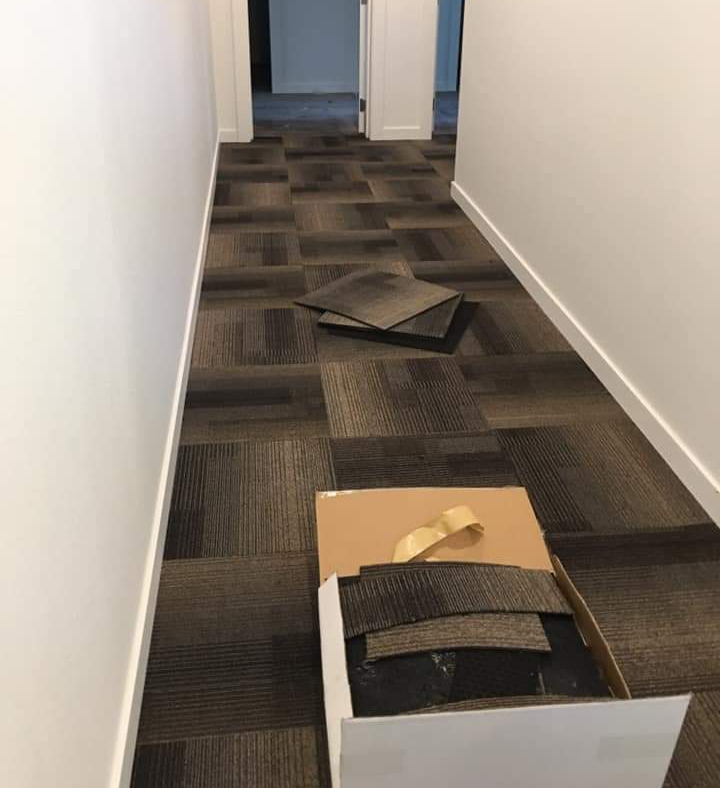
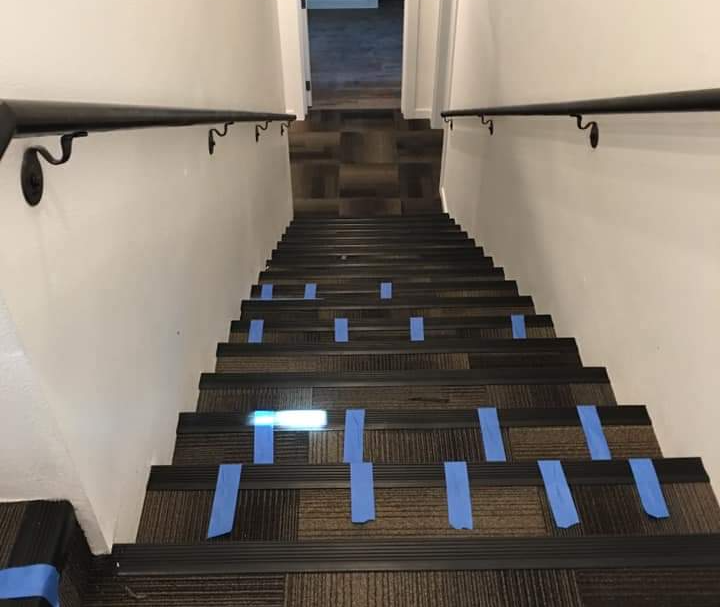
Finishing Touches
Once the carpet is laid and trimmed to size, the final step in the installation process is to add any finishing touches.
This might include tucking in edges along baseboards or doorways, or applying adhesive strips or tackless strips to secure the carpet.
Once all of the finishing steps are complete, the installation is considered complete and the area can be used as normal.
With the experience and expertise of our carpet contractors, we can ensure that the job is done right from start to finish.
How to Maintain Carpeted Floors
Carpets can be difficult to maintain, especially in high-traffic areas.
Vacuuming is the key to keeping carpets clean, but it's also important to use the right vacuum cleaner.
Upright vacuums with rotating brushes are the best choice for deep cleaning, but they can also be hard on carpets.
For a gentler option, try a canister vacuum or a handheld vacuum. In addition to vacuuming regularly, you should have your carpets professionally cleaned every 12 to 18 months.
Professional cleaners use special equipment to deep clean your carpets and remove any built-up dirt and debris.
By following these simple tips, you can keep your carpets looking like new for years to come.
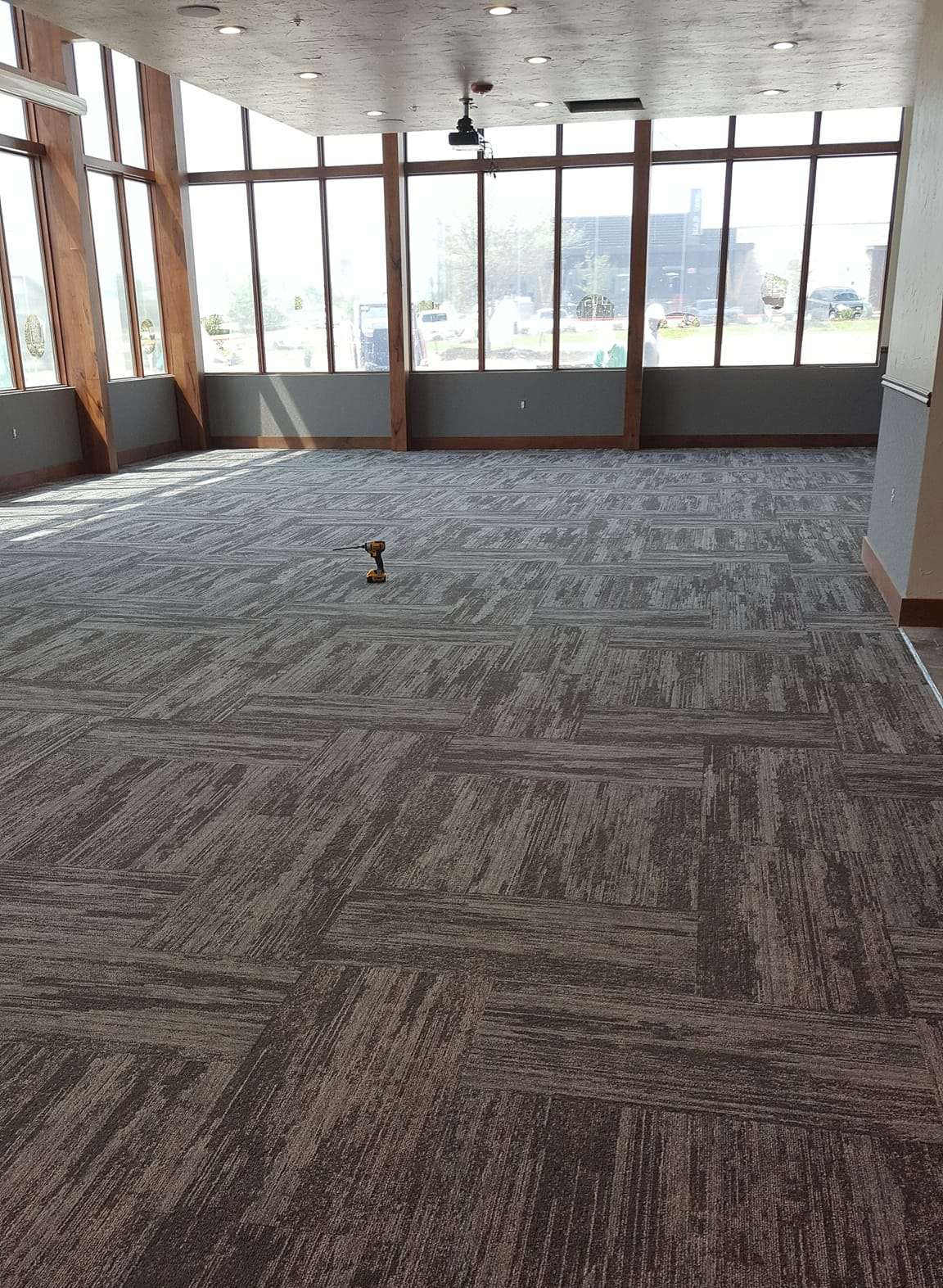
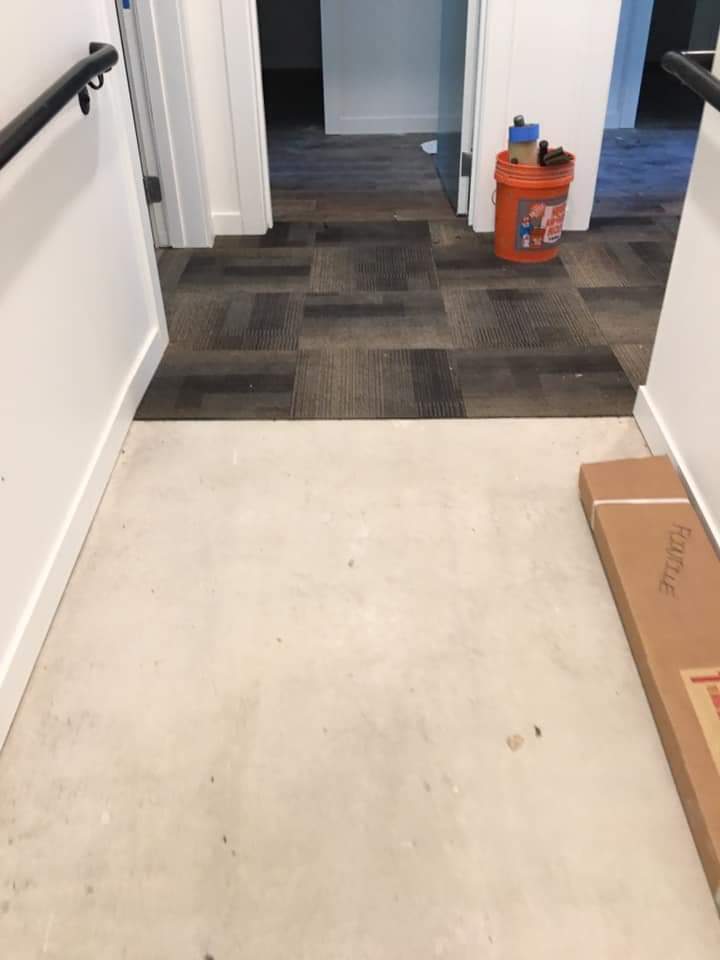
How Much Does it Cost to Install Carpet?
There are a few different factors that can affect the cost of installing carpet in your home.
The first is the size of the room or rooms you plan to have carpeted.
Larger spaces will obviously require more carpet and therefore cost more to install. The type of carpet you choose will also affect the price.
More luxurious materials like wool will cost more than more basic options like polyester.
The condition of your floors is another important factor.
If your subflooring is in good condition, it will be easier to install carpet and therefore less expensive.
Carpet Installation FAQs
How do you measure for carpet installation?
There are a few different ways to measure for carpet, and the method we use will depend on the shape of the room and the type of carpet you're installing.
For example, if you're installing wall-to-wall carpet, we'll need to measure the length and width of the room and multiply those numbers to get the total square footage.
If we're installing carpet on stairs, we'll need to measure each tread and riser individually and calculate the total square footage of each stair.
Once we have your measurements, you can purchase enough carpet to cover the entire area. Keep in mind that it's always better to buy a little extra carpet than not enough - that way, we can make sure that your installation is perfect.
How often should you replace your carpet?
Over time, carpet can become worn and stained, making it less effective at improving the look of your home. When this happens, many people wonder how often they should replace their carpet. There are a few factors to consider when making this decision.
First, think about the amount of wear and tear your carpet experiences. If you have children or pets, your carpet will likely need to be replaced more frequently than if you live alone.
Second, take into account the level of traffic in your home. A busy household will put more stress on your carpet than a quiet one.
Finally, consider your budget. Ultimately, there is no hard and fast rule for how often you should replace your carpet.
However, by taking these factors into account, you can ensure that your carpet lasts as long as possible.
How long does carpet installation take?
Carpet installation is a process that usually takes around two to four hours. However, the time required can vary depending on the size and layout of the room, as well as the type of carpet being installed.
For instance, installing carpet in a small room with simple geometry may only take a couple of hours, while installing carpet in a larger room with more complex flooring may take closer to four hours.
Additionally, some types of carpet are easier to install than others.
For example, loop pile carpets tend to be quicker to install than cut pile carpets because they don't require as much stretching and trimming.
Ultimately, the time required for carpet installation will depend on a variety of factors.
How long does carpet last?
The answer depends on a number of factors, including the type of carpet, the quality of the carpet, and the amount of traffic in the area where the carpet is installed.
Generally speaking, higher-quality carpets made from synthetic fibers will last longer than lower-quality carpets made from natural fibers.
In addition, carpets in high-traffic areas will need to be replaced more frequently than carpets in low-traffic areas. With proper care and maintenance, most carpets can last for several years before they need to be replaced.
What is tackless carpet installation?
Tackless carpet installation is a type of flooring installation that uses special glues and tacks to secure the carpet to the floor.
This method is often used in commercial settings where there is a lot of foot traffic, as it can provide a more durable and slip-resistant surface.
Tackless carpet installation can be a bit more time-consuming than other methods, but it can provide a more secure and durable hold.
Reach Out For a Free Quote
Send us a message using the form below, and we’ll get back to you as soon as we can.
We will get back to you as soon as possible
Please try again later
Copyright © 2015-2022 JD Flooring Installers | All rights reserved
Contractor Website by Curated Leads
